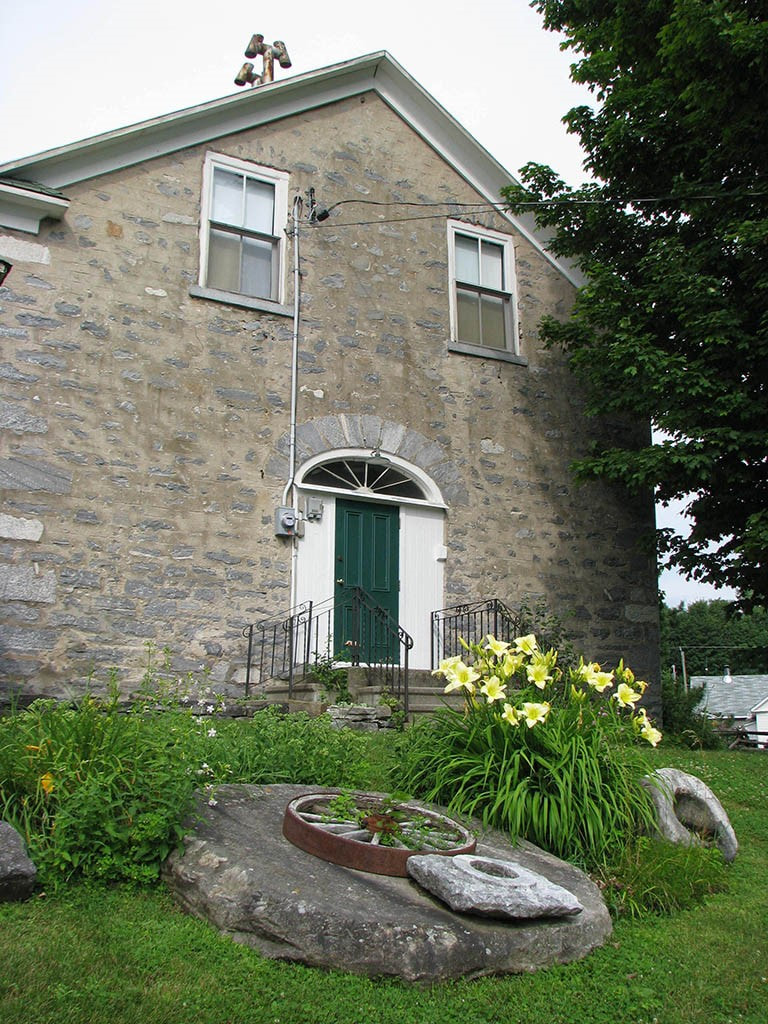|
200 years ago, Younge’s Schoolhouse welcomed children through its doors in the settlement of Middleton (present day Middleville). Not much is known about this building except that it was also used to hold meetings to decide community affairs. We are aware of its existence through a reference in early Presbyterian Church records kept by the church secretary, James Penman, in 1821, detailing a meeting held in this log building. Younge was a family name well known in the nearby Rosetta area. Why the school was known as Younge’s School is uncertain. Local historians believe this school stood across from the old village pump on Main Street just south of the present day United Church (Trinity). Today, that would be approximately three houses down from the Church. When it was first constructed, the school house was used for many purposes as was the reality in most small settlements of the day due to necessity. Getting even one community building erected was a huge feat. As time went on, other buildings would be added to the growing community. We are left to imagine what school was like for those first pupils in attendance. The curriculum would have centered on the Bible and a few approved texts held in high regard brought along from the old country. We know from accounts of early schools that the rules would have been strict and severely enforced. The history of this school remains mostly a mystery. The second school was a frame structure that stood in the vicinity of the corner of Concession 6 (Lanark Twp) and Galbraith Road. In 1861, a stately, two-story, stone building was constructed just a little further north on Concession 6. It reached the peak of its attendance in 1868-69, when the teacher, John McKeown instructed 103 registered students. What is even more amazing is that the second story had not been finished and was not yet in use. By January of 1869, Mr. McKeown’s sister was hired as his assistant. As the years progressed, the upstairs was opened and accessed by a ladder. Two stoves kept students warm and also served as cookstoves for hot lunches and to dry wet mittens on snowy winter days. Indoor washrooms were added as a step up from the outdoor privy. This would have been a luxury not found in many rural schoolhouses of the time. The legacy of schoolhouses in Middleville is alive and well with the continued caretaking of the old stone building that still welcomes children and adults alike to learn as they discover and reconnect with artifacts preserved for the enjoyment of generations to come.
Visit the Middleville schoolhouse to see school life as it was in years gone by at the Middleville and District Museum. Open: Saturdays, Sundays and Holiday Mondays 12 – 4 pm. Compiled with information from Presbyterian Church Records cited by R. Penman, school history written by C. Smith and Log Book of Middleville Public School by A. MacIntosh
0 Comments
Leave a Reply. |
AuthorThis journal is written, researched, and maintained by the volunteers of the Middleville Museum. |


